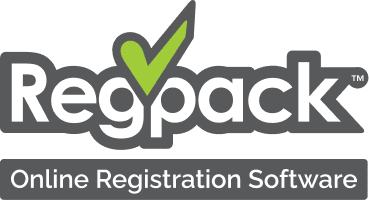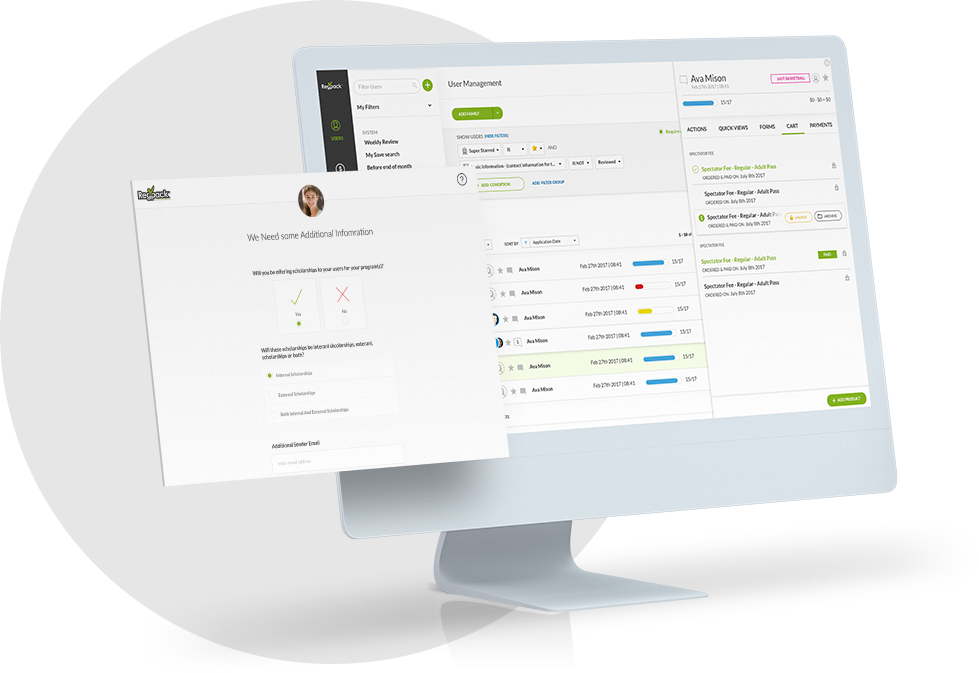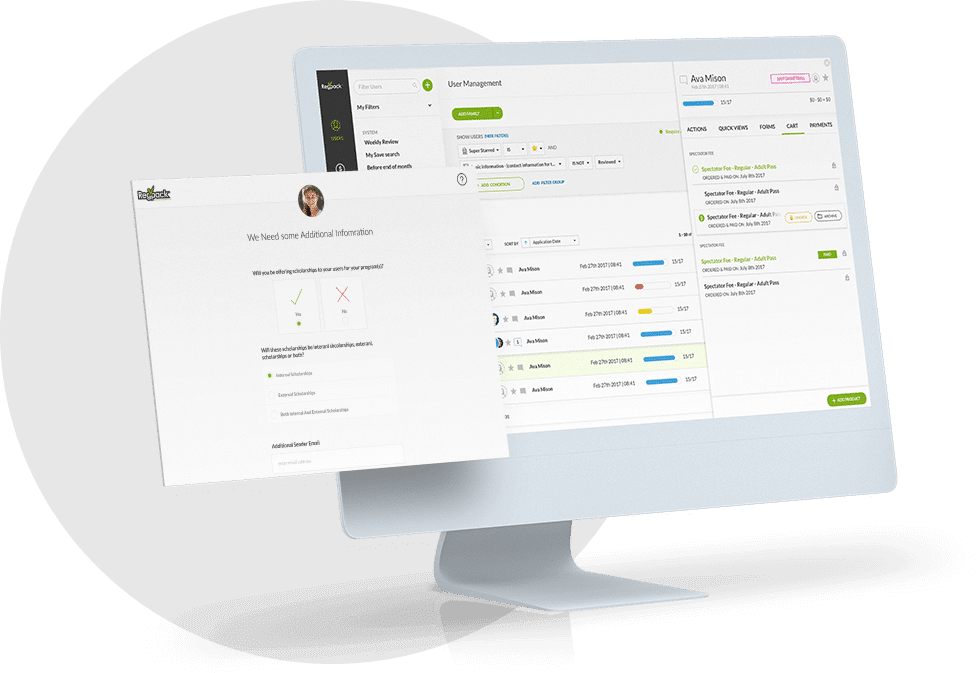After school hours hold a significant value in the life of every young mind. They can be filled with productive and engaging activities, molding our youth into well-rounded individuals. This time serves as an excellent opportunity for children to delve into areas of interest outside of their traditional academic curriculum. It fosters skills and values that classroom teaching may not always cater to. This is precisely where the concept of an after-school program comes into play. However, starting such a program may be more complex than it seems – so, we are here to guide you through it, step by step.
Welcome to our detailed guide on how to start an afterschool program. In this blog, we will carry you through the process, starting from having an initial idea about starting an after-school program to finally executing it successfully. By the time you reach the end, you’ll have a clear blueprint for your very own after-school program.
With over a decade of experience in dealing with event management, Regpack understands the nuances of setting up and running after-school programs like no other. Regpack is an online registration and payment management system that organizations from all domains trust. Whether it’s about managing in-person events, courses, camps, trips, or afterschool programs, Regpack is your all-in-one solution. Being in the field, we are well-equipped with the knowledge and tools to guide you through the journey of starting an after-school program. With this trust, let’s dive right into the valuable knowledge that we have in store for you.
Understanding the Need and Planning
Establishing an after-school program doesn’t happen overnight. It requires groundwork to determine the demand and likelihood of success, and meticulous planning.
The initiation point is recognizing the need for an after-school program in your particular community or school district. For this, undertaking a detailed needs assessment is paramount. This assessment will give you a clear picture of the community’s requirement for an afterschool program and the gaps you’d be filling.
If you are unsure of what to include in your research, there are many needs assessment templates available online, like this one by SurveyMonkey:
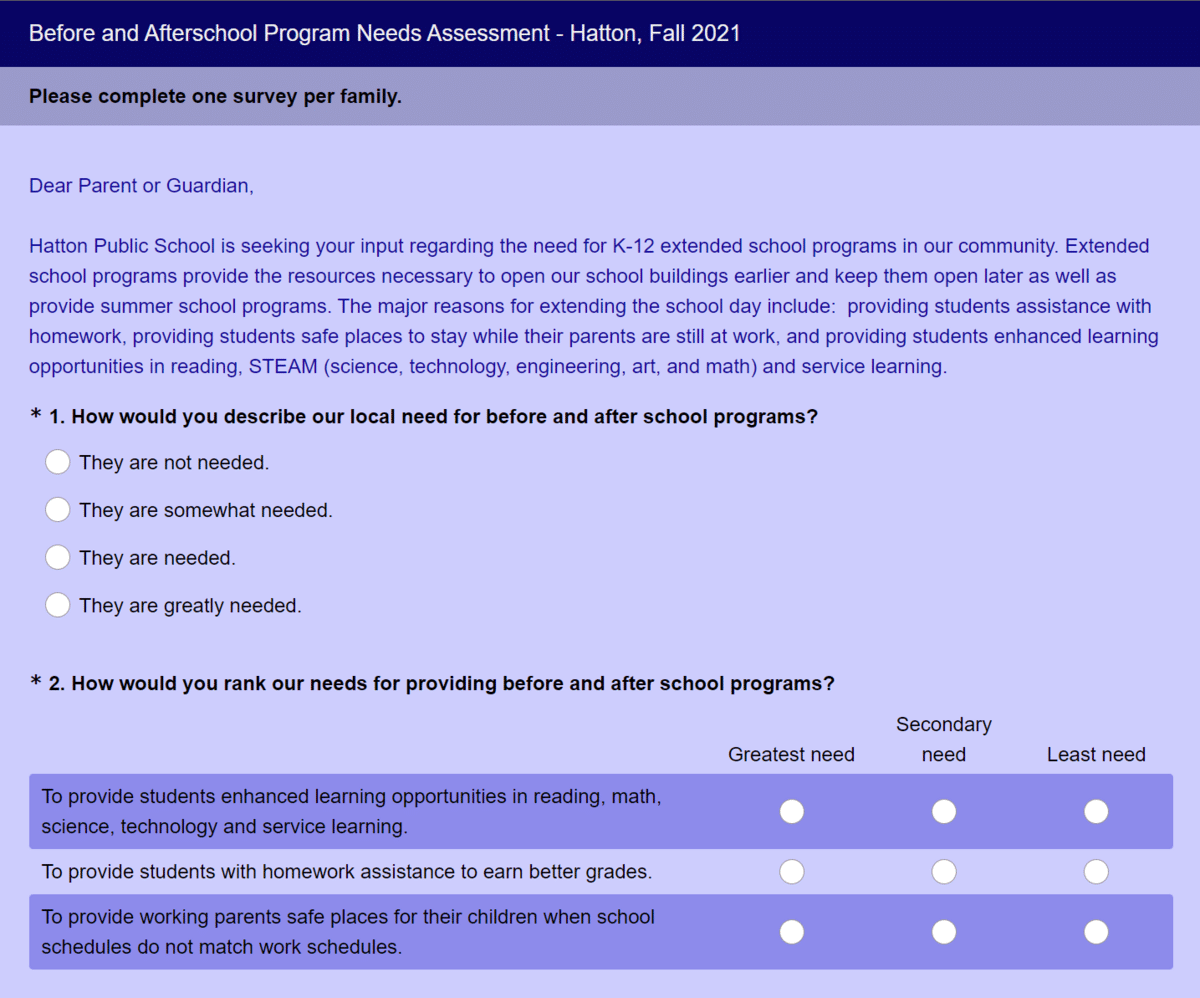
Source: SurveyMonkey
So, what exactly is an afterschool program? It is a structured program that is designed to cater to young people once the school day has ended. It can provide a variety of services from academic support to enrichment activities like an after-school club or a STEM club. An afterschool alliance is a partnership of public, private, and nonprofit agencies that believe all children should have access to quality afterschool programs.
Successful programs always begin with a rock-solid business plan. You need one that outlines your vision, goals, and strategies – essentially, the roadmap for your initiative. Your plan should include a detailed projection of operating costs, proposed staffing plans, and the various program offerings. It should also articulate your plans for obtaining licensing requirements, maintaining quality standards, and addressing workforce development plans. Remember, a comprehensive business plan is not just for your reference, but a crucial document if you are looking for external funding opportunities.
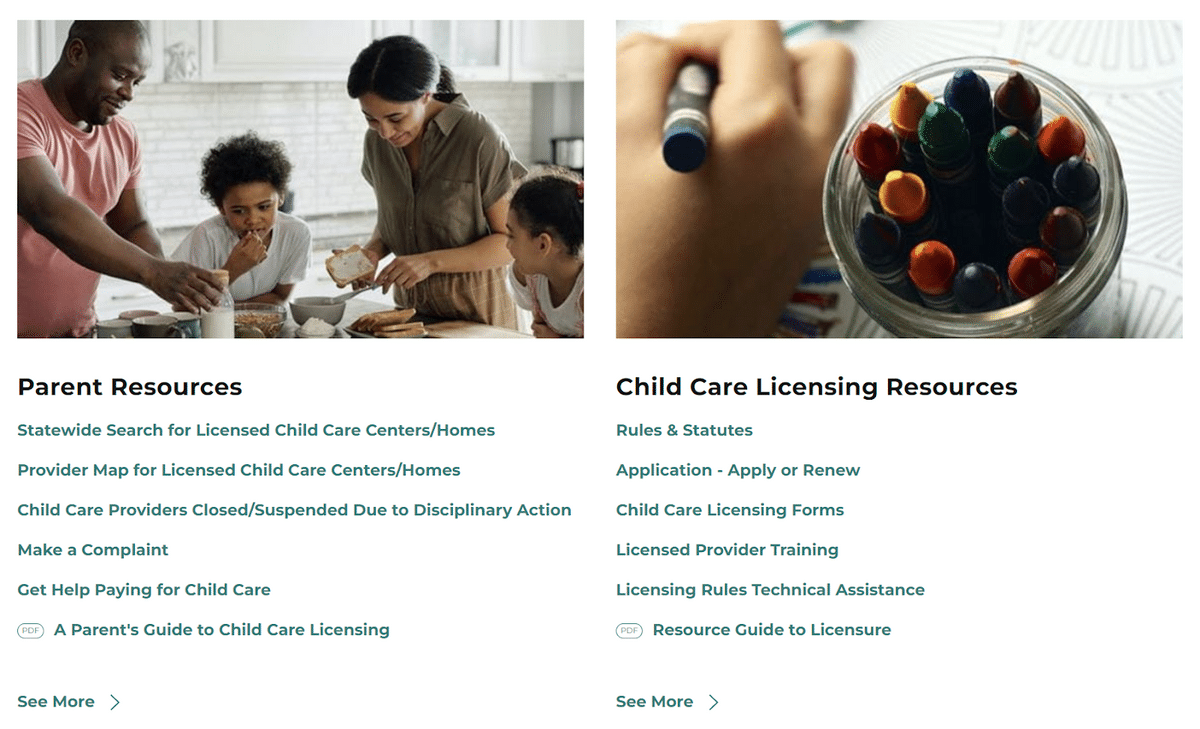
Source: LARA
Setting Up Operations
Once you’ve determined the need and established a detailed business plan, the next step is to lay the foundation to bring your afterschool program to life. This involves tackling the practical aspects of setting up operations.
Budgeting is a critical factor in starting your afterschool program. A clear understanding of the operating costs is vital right from the preparation phase. These costs include expenses for facilities, materials, staff salaries, and refreshments such as afterschool snacks. It’s important to plan a budget keeping in mind the scope for scaling up in the future. Your business plan will be a helpful tool at this stage for financial planning.
Choosing the right location for your program is equally essential. Schools are a natural choice, tapping directly into your primary constituents and offering convenience for parents. Alternatively, community centers can also be excellent venues, offering a more neutral space that may appeal to older kids. The location should be safe and suitable for your specific activities.
Meeting licensing requirements is a paramount objective. To legally operate an afterschool program, you need to secure necessary licenses and permits from your local state or council. This can include fire safety clearances, food handling certifications for those providing meals or snacks, and potentially insurance coverage as well. Navigating these requirements can often seem overwhelming, but remember, it’s a crucial part of providing a safe and reliable program for parents to trust.
Dealing with this plethora of operational tasks may appear challenging, but with Regpack’s systematic and user-friendly approach, you can manage these aspects efficiently. Our services extend beyond just registration and payment management, enabling you to systematize tasks effortlessly.
Proper planning and execution of the groundwork stage determines the smooth functioning of your program in its initial phase as well as in the long run. In the next section, let’s dive into the creation and enrichment of your program’s quality and content.
Building a Quality Program
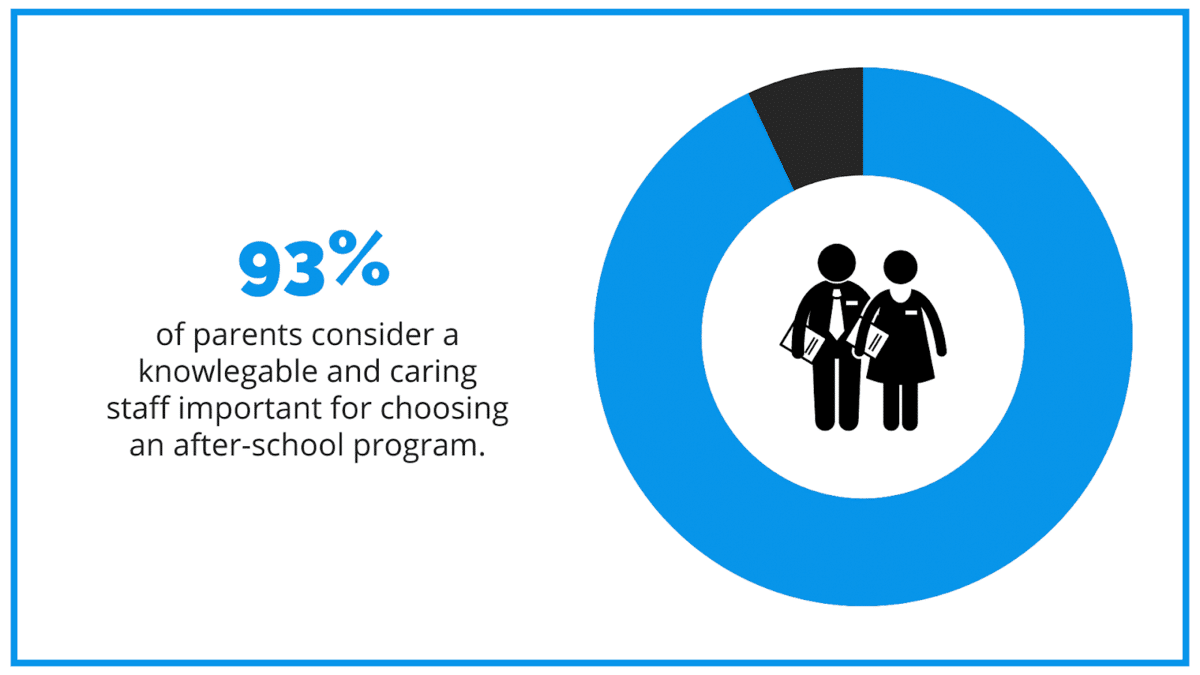
Illustration: Regpack / Data: AfterSchool Alliance
With your operations set up and ready to roll out, the next step in your journey is centered on the heart of any successful afterschool program—its content. Let’s delve into forming a robust program that is educational, engaging, and essential for the youth.
Typically, an afterschool program consists of academic support plus enrichment activities, tying together learning and fun. After-school homework help or academic support is a significant part of your program, but do not limit yourself there. Create an atmosphere conducive to learning, where young minds feel refreshed and eager to grasp new concepts.
Now, the idea is not only to augment regular school learning but to provide an array of enrichment activities that introduce children to new fields and experiences. This could be a hands-on STEM Club, an adventurous outdoor education session, or a relaxing yoga class; the possibilities are endless. Providing physical activity is critical to keep the juveniles moving and to maintain their general health.
Having a robust and qualified staff complement is essential to running a successful program. They should be capable of managing the tasks while instilling learning in a fun and engaging way. The staff-to-child ratio needs to be maintained at a healthy level to ensure individual attention to each child in the program.
Moreover, maintain quality standards in all aspects of your program. “Quality” means different things in different contexts. Still, for our purposes, it implies a secure environment, a staff that is both competent and caring, and activities that are both enjoyable and enriching.
Regpack can help you manage your staff assignments, track supplies, and handle parent communication. With our intuitive management system, juggling the many responsibilities of your program becomes more manageable.
In the next section, we discuss how to sustain your program. A quality program is just the beginning; the goal is to ensure its longevity and consistency.
As you can see, setting up an afterschool program involves careful planning and thoughtful execution. However, the result is a productive, engaging, and safe place that nurtures the creativity, curiosity, and overall development of young people in your community.
Funding and Sustaining the Program
Having a quality program is immensely significant, but equally essential is the financial sustainability to keep it going successfully. In this section, we discuss exploring funding opportunities, attracting and retaining students, and ensuring the longevity of your program.
Your operations largely depend on the funding you can secure. Your initial funding might come from your pocket (in the case of a small business), the school district, local supporters, or a combination of these. There’s also the 21st-Century Community Learning Centers program (21st CCLC), a key component of the “No Child Left Behind” federal education law that provides federal funding specifically allocated to afterschool programs.
Cross-sectional partnerships can be of immense help in meeting the diverse needs of your afterschool program. These partnerships allow you to tap into a wide range of resources, particularly from community-based organizations. Another potential source of support is the Mott Foundation, which has made after-school programs a central feature of its grant-making strategy.
Now, to ensure the sustainability of your program, you need to attract and retain students. For this, your program must offer a range of fun and engaging activities, along with academic support that ensures the time spent in the program is productive and beneficial. Offering a variety of activities ranging from STEM clubs, afterschool activities, after-school clubs, and even summer programs will cater to a wide interest among young people.
Remember, funding doesn’t end with the initiation of your program. It’s a continuous process and an important one. Regularly seek various funding resources and stay open to collaborations, partnerships, and grants. Keep track of the management of all these processes seamlessly with Regpack.
Investing in afterschool programs is an investment in our future. It creates an environment where young people can learn and grow during critical out-of-school time, and equally importantly, it offers parents a safe place for their children to be while they finish their workday.
That wraps up our guide to starting an afterschool program. Stay tuned to this space for more insightful, informative content, and remember that Regpack is here to aid you in your journey of shaping young minds.
Use Registration Software
To simplify the student enrollment process for your after-school program, you can use registration software.
This is a great way to enable quick and efficient registration for parents interested in the program.
When a registration procedure involves a lot of unnecessary steps, applying can be a hassle and ultimately make the parent lose interest halfway.
Using software like Regpack, you can embed the registration and payment functionality directly on your website.
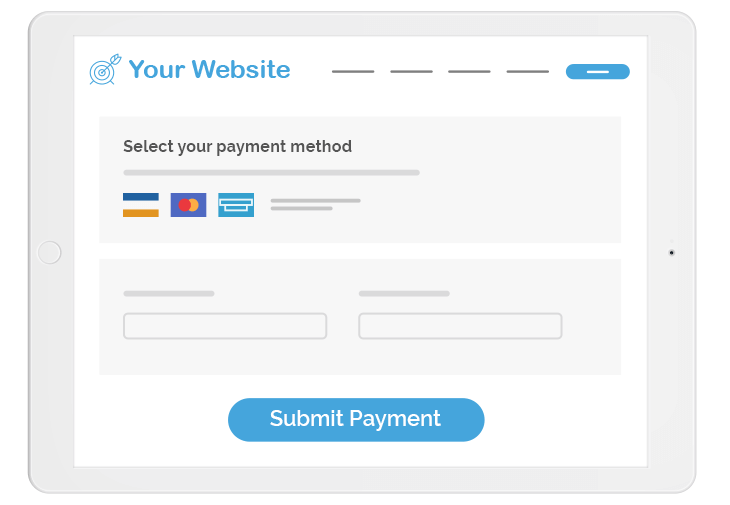
Source: Regpack
Use our online form builder to build one that works for you.
Regpack’s registration and payment forms work on any device, and allow parents to sign up and pay without redirecting to external sites, saving them time and energy.
After the classes start, registration software will also help you manage all invoices and other participant information through a streamlined, user-friendly interface.
You can track attendance and collect and analyze data to make more informed management decisions.
During your program, you might want to send notifications to students or parents.
You could be updating them on the changes in the program, reminding them of important dates, or inviting them to a program-related event.
To help, Regpack offers built-in email communication tools.
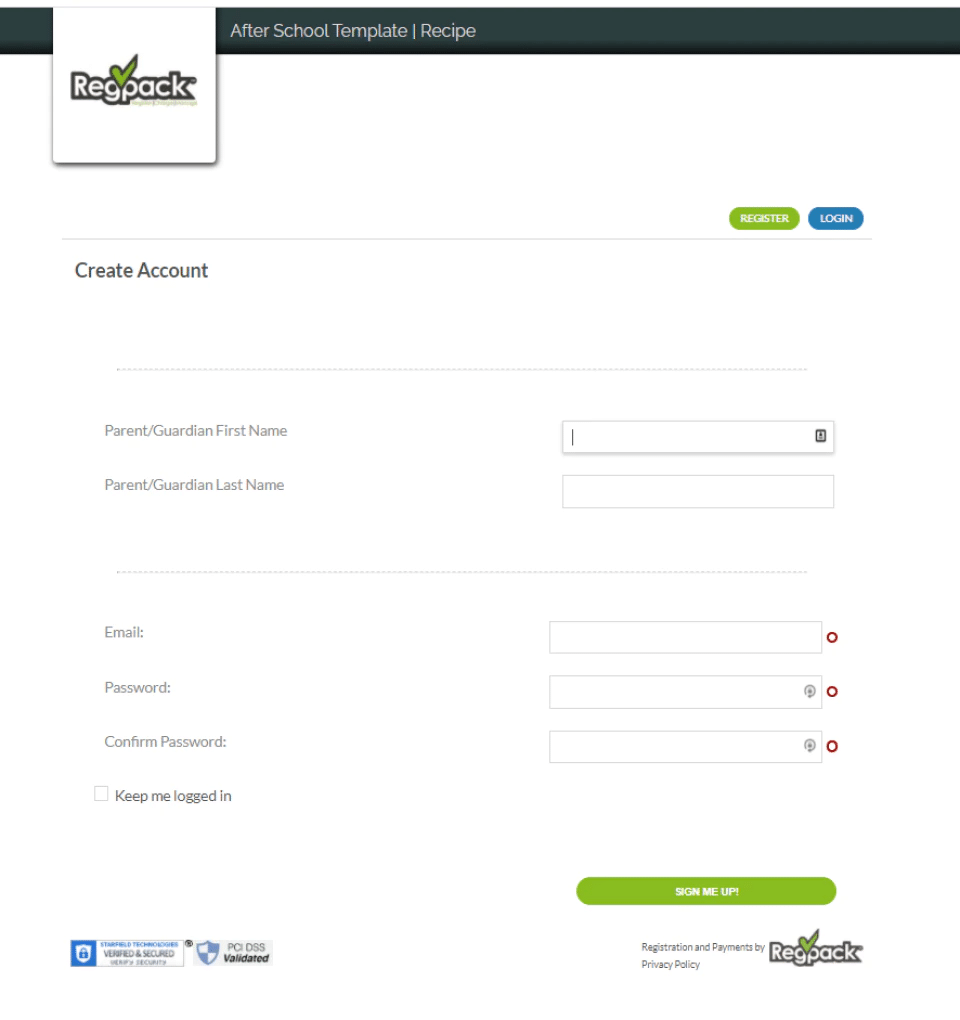
Source: Regpack
By using filters, you can choose which members you want to message. Automate the process with email templates, which fill in the personalized data and save you manual work.
All in all, using software like Regpack can save you and the families in your program time and effort during registration, and help you manage your after-school program with ease.
Conclusion
Starting an after-school program can seem like a daunting task. After all, your wish is to educate and help children after their school day, but getting there also requires a lot of learning on your part.
By following the six steps outlined in the article, you will have an easier time organizing and planning the program.
This will result in a more efficient out-of-school time for students and parents, and empower you with new skills and a deserved sense of accomplishment.
References:
“Starting a Child Care Program” CICLT.net, https://www.ciclt.net/gsaca/docs/Licensing.pdf. Accessed November 13, 2023
“Starting, Operating, and Sustaining an Afterschool Program” Youth.gov,
https://youth.gov/youth-topics/afterschool-programs/starting-and-operating-afterschool-program. Accessed November 13, 2023.
“21st Century Community Learning Centers” 2.ed.gov, https://www2.ed.gov/programs/21stcclc/index.html. Accessed November 13, 2023.
“No Child Left Behind” ed.gov, https://www2.ed.gov/nclb/landing.jhtml. Accessed November 13, 2023.
“Mott Foundation” mott.org, https://www.mott.org/. Accessed November 13, 2023.
